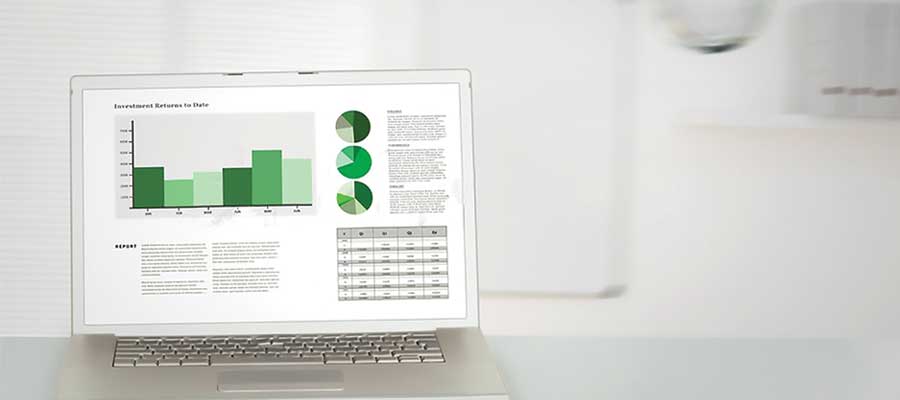Occasionally when working in Excel you may enter a string of data that is rather long. Cells have a default to hold 8.43 characters within them and anything over that will be cut off when data is entered in the cell to the right of it. This Excel tutorial and additional Excel courses will show you how to wrap text in this program.
As shown in Figure 1, the column headers “service code” and “service description” have been cut-off and the “hourly rate” is pouring over into column D. To view a larger amount of data you can adjust the column width or adjust the default column width for the entire worksheet, but a more effective solution may be to wrap the text within the cell. Continue reading this Excel lesson material to get a better understanding of this.


Wrapping the text means displaying the cell data on multiple lines within one cell. By wrapping the text, we make the data easier to read and navigated and if printed will be well-structured. Figure 2 shows the exact same data with the wrap text in Excel feature added to the cells.
Not only is the data easier to read, but it also saves space. For example, the Service Code column width can now be narrowed to accommodate the data giving more room in the worksheet to widen Column B.
How Do I Wrap Text in Excel?
There is more than one method of wrapping text within Microsoft Excel, and our Excel courses will gladly show you each of the available ways of doing this.
The first method is choosing the wrap text button from the home tab in the ribbon.
- Select the cells you wish to wrap; a single cell or multiple cells may be selected, or you can click the select all button (highlighted) and wrap every cell within the worksheet.
- Click wrap text and all data within the cells will be displayed on multiple lines.

The second method is to format the cells.
- Right-click the cell you wish to wrap.
- Select format cells from the menu.
- Click on the alignment tab.
- Click the box that says wrap text.
- Click OK.
The second method takes a bit longer if the only formatting you are completing is to wrap the text. However, if you were also merging cells, adding borders, changing the font, or formatting the numbers it may be quicker to use the second method. If you are not yet familiar with these concepts but still wish to become an expert at Excel, some additional Excel training might be in your future.

To unwrap cells, you follow the same steps as the two methods for wrapping the text. In the first method, you would once again highlight the cells that are wrapped and then click wrap text within the home tab on the ribbon. The second method would be to right-click the cell you wish to unwrap and go back to the alignment tab in the format cells box. Uncheck the checkbox next to wrap text.
If you have selected multiple cells and the wrap text box is solid versus having a check mark this means that the cells you have selected are a combination of wrapped text. Some cells are formatted to wrap text while others are not. If this is the case, click the box once to wrap the text in all cells and click the box again to unwrap the text in all cells.


No comments:
Post a Comment